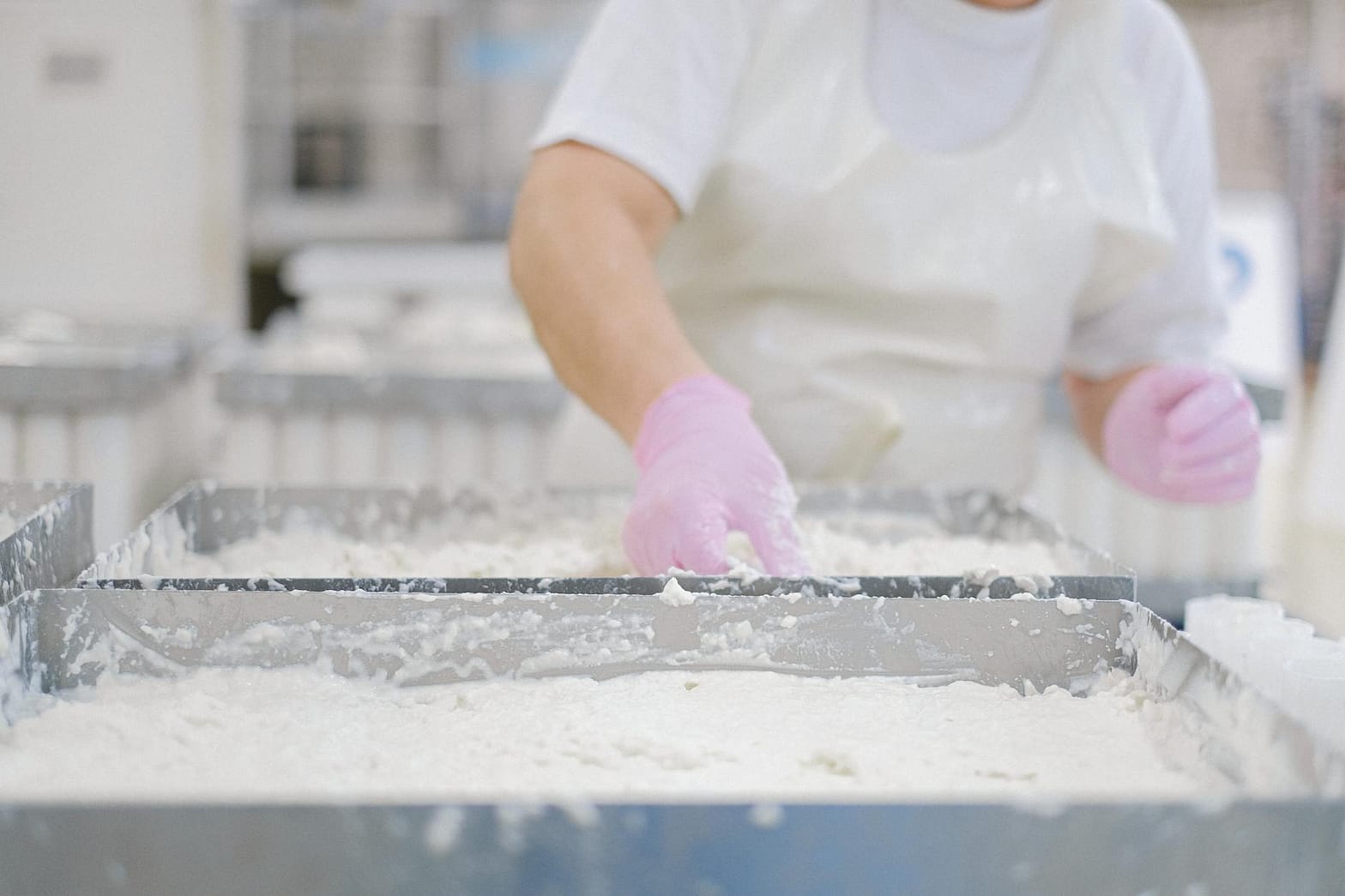Improved manufacturing efficiency doesn’t always require a big budget or a full system overhaul; in many cases, small adjustments can lead to meaningful improvements in workflow, quality, and output. Whether you are running a machine shop, managing a production line, or overseeing the fabrication process, small process upgrades often deliver high results.
Here are five low-cost, high-impact ways to improve your manufacturing efficiency that any team can start applying right away.
Table of Contents
Standardize Repeatable Tasks
Repetition is common in manufacturing, but how tasks are done can vary from one shift to another and even from one operator to another. Standardizing procedures eliminates guesswork and reduces errors.
Document best practices, use simple visuals where possible, and train new employees with hands-on walkthroughs that follow the same steps every time. Even shaving a few seconds off of a task adds up over hundreds of parts or assemblies. Standardization builds consistency and predictability into your process.

Photo by Pixabay: https://www.pexels.com/photo/rolled-textile-lot-in-shallow-photo-236748/
Improve Tool Accessibility at Workstations
Wasted motion is wasted time. If workers need to walk across the shop floor to get basic tools or materials, that’s time they’re not producing. Organizing workstations so that commonly used items are within arm’s reach makes a big difference.
Label storage areas, use shadow boards, and keep stations clean and clearly marked. The fewer decisions and movements workers have to make, the small changes in layout often lead to noticeable gains in output.
Use the Right Finishing Tools for Clean Results
Quality isn’t just about machining; it’s also about finishing.
Sharp edges and rough surfaces can cause defects, rework, or even injury. That’s why it’s worth investing in the right finishing tools for the job. For example, a good deburring tool allows workers to remove rough edges from metal or composite parts in seconds.
These tools are small, affordable, and easy to use, but they help ensure parts stick better, function properly, and meet visual quality standards. Instead of fixing surface issues later or risking assembly problems, removing burrs at the source improves overall product flow and reduces inspection failures.
Hold Short Daily Stand-Up Meetings
Communication is one of the easiest ways to improve operations and one of the most overlooked. A five-minute stand-up at the start of each shift can highlight key orders, plug potential issues, and ensure that the team leads are aligned.
This helps reduce confusion and avoid unnecessary downtime. When employees know what’s coming, they’re better prepared to meet targets and handle unexpected changes. Keep it short, keep it focused, and make it routine.
Track One Efficiency Metric at a Time
Trying to monitor too many metrics at once can lead to information overload. Instead, choose one key metric related to production efficiency and track it consistently. This may be parts per hour, downtime due to tool change, first-pass yield, or time between changeovers.
Start small, monitor, adjust, and improve. Once you’re seeing results, layer in the next metric. Focused tracking helps teams stay goal-oriented and gives you clear data to guide decisions.
How To Improve Manufacturing Efficiency
Manufacturing efficiency doesn’t always require new machines or massive investments. Often, the most effective improvements come from doing small things better.
Organization, clever communication, and the right tools for the job. If your team is looking for quick wins that don’t slow down production, these five areas are a good place to start. Efficiency isn’t about working harder; it’s about working smarter every day in every detail.

